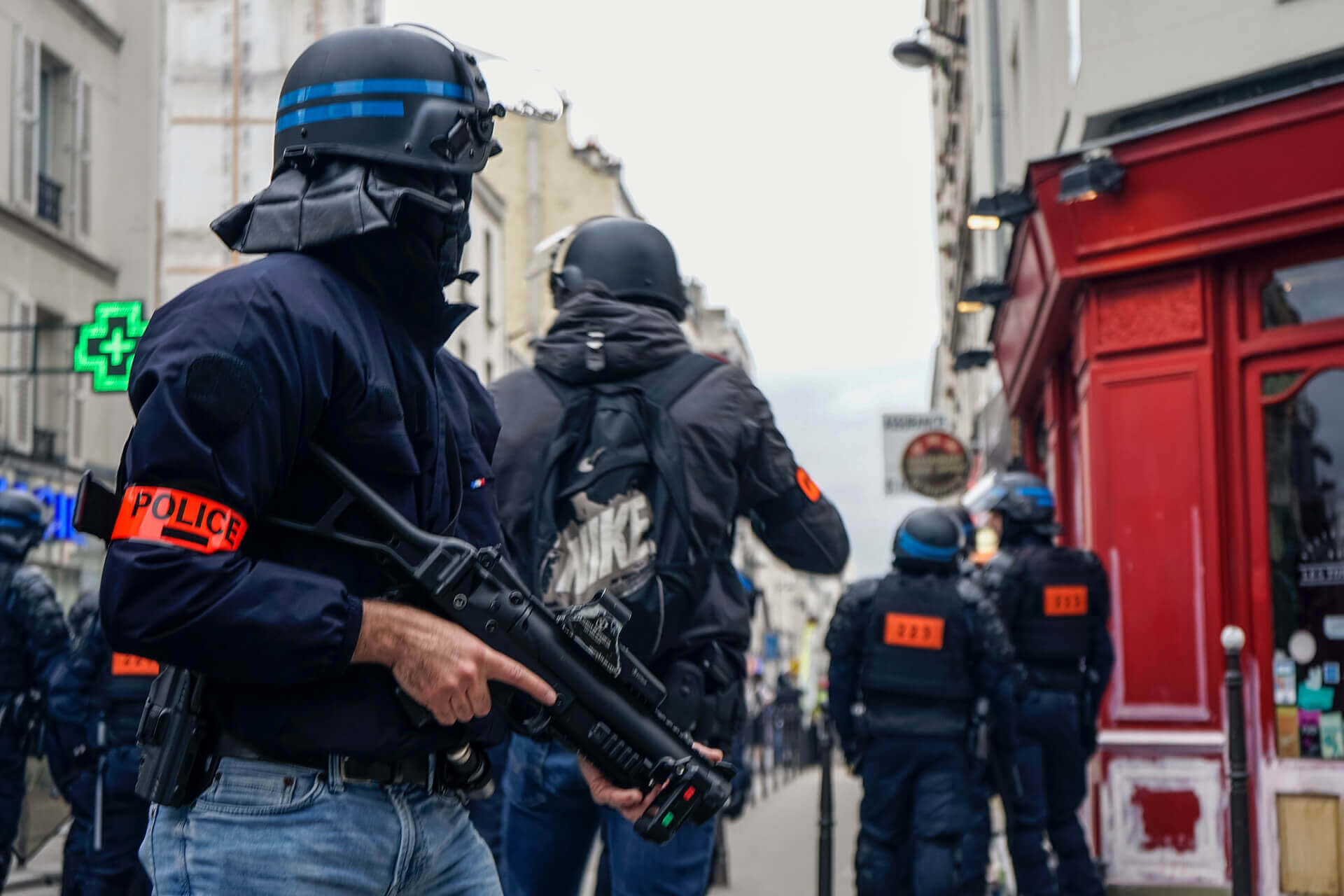LAW ENFORCEMENT SOLUTIONS
Police officers exist in a world that is mostly about violence. For example, in the United States, less than 1% of all citizen contacts with police result in a use of force, on average a police officer is killed in the line of duty every 57 hours. As the only members of civil society empowered to use coercive violence on behalf of the state, the possibility of violence exists during every citizen encounter. Police officers have to be trained to recognise potentially dangerous offenders and manage violence directed against them while still using only minimal, “reasonable” force to protect themselves and the public.

The traditional type of training that police officers typically receive does not reflect the reality of violence that they face in the field. Younger, less experienced officers are murdered at a higher rate than more experienced officers. The acquisition of experience can be accelerated with practical training. Still, law enforcement agencies primarily use old training methodologies for reasons of convenience and economics, despite case law requiring agencies to provide more effective training. Traditional methods of firearms and defensive tactics training, in particular, have been shown to be ineffective. Immersive scenarios in which specific responses to realistically modelled threat cues are rehearsed and trained into a stimulus-response reaction have been shown to be more effective than traditional training methods.
While the threat and risk assessment will vary across the globe there central threads that run across all police and law enforcement training; the requirement for accurate assessment, complete system training, judgmental and decision making as well the conventional accuracy training.
With increasingly stretched budgets and time allocations, the role of firearms simulators in the training of police and other law enforcement officials is set to rise. Well developed integrated firearms training programmes that reflect the operational need are of critical importance. For example, non localised video training modules that don’t accurately reflect the day to day environment of the police officers, create a false training narrative which will hinder, and potentially endanger, the officer when out on the streets.
On average, a police officer expecting to have to draw and fire could do so in 1.5 seconds with acceptable accuracy. In the same timeframe, a charging assailant could cover an average distance of 21 feet.







